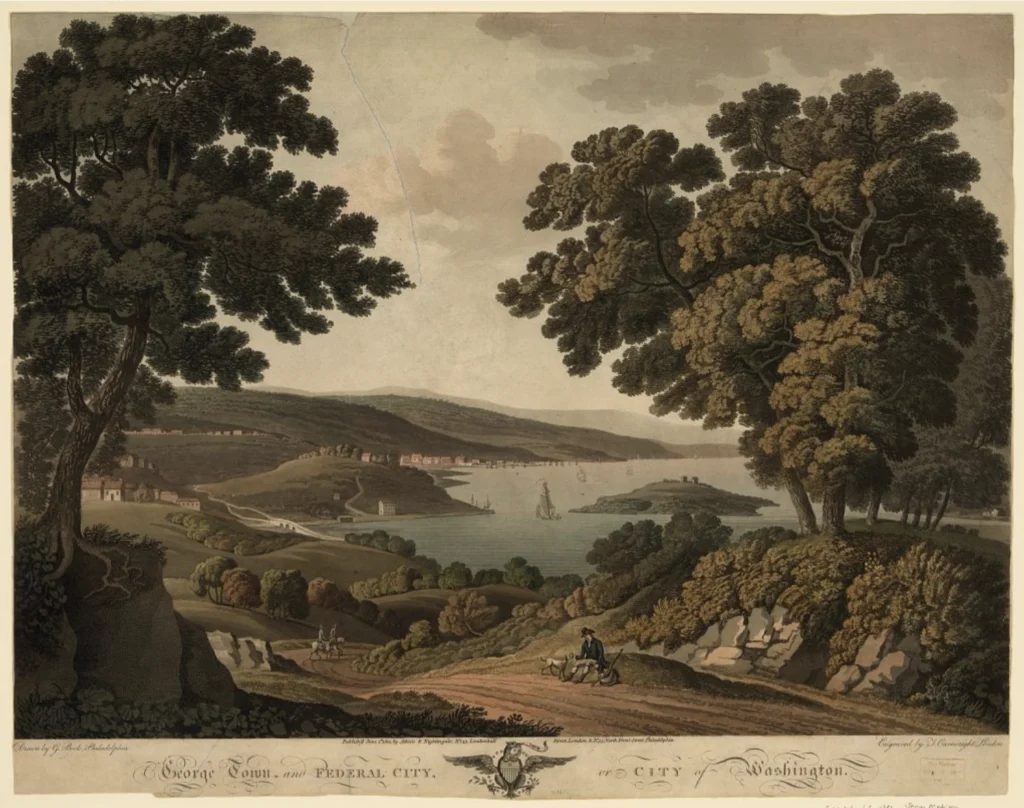As a media outlet focused on land—and the foreign governments that occupy it—Diplomatica acknowledges that our work in Washington, D.C., is conducted on the ancestral lands of the Nacotchtank (Anacostan) and Piscataway peoples, with ancestral ties to the Pamunkey, Nentego (Nanticoke), Mattaponi, Chickahominy, Monacan, and Powhatan peoples.
Long before the establishment of the U.S. capital or the arrival of embassies, these nations lived, governed, and sustained communities along the Anacostia and Potomac Rivers. Their presence here continues today through tribal members, cultural leaders, and Native organizations in the region.
We recognize that the diplomatic and cultural institutions now based in Washington, including those we cover, are situated on Indigenous land. Diplomatica encourages all embassies, cultural centers, and international actors in the capital region to reflect on the land they occupy and to honor the sovereignty and contributions of Indigenous peoples—past, present, and future.
As we report on global diplomacy from this city, we remain committed to grounding our work in respect for place, history, and the communities that shaped them.
Lastly, we are grateful to the Skagway Traditional Council, a federally-recognized Tribal government, for cultural host training. This training was a comprehensive program designed to build increased awareness and knowledge of the Indigenous People of Alaska, that took place in Shgag̱wei, the traditional land of the Lḵoot Kwáan (Chilkoot Tlingit People).
